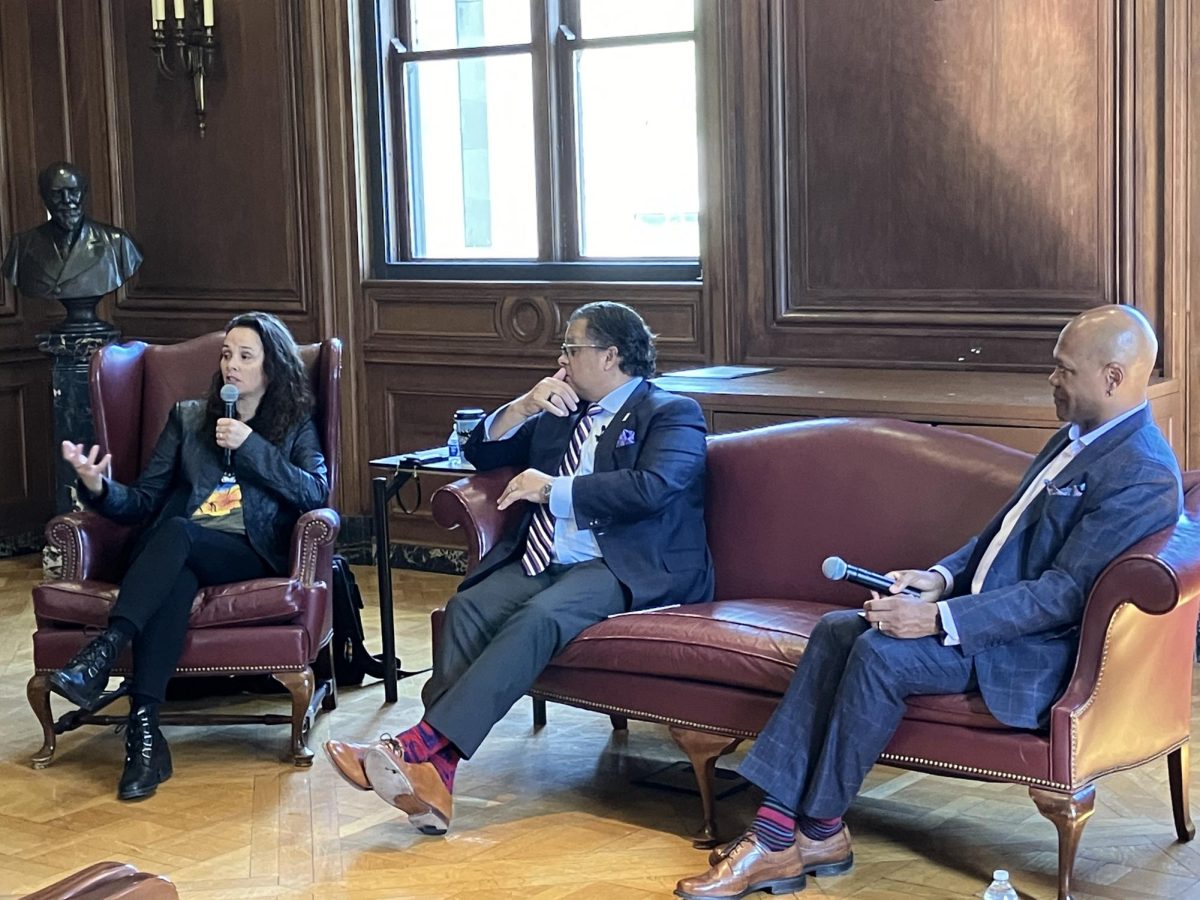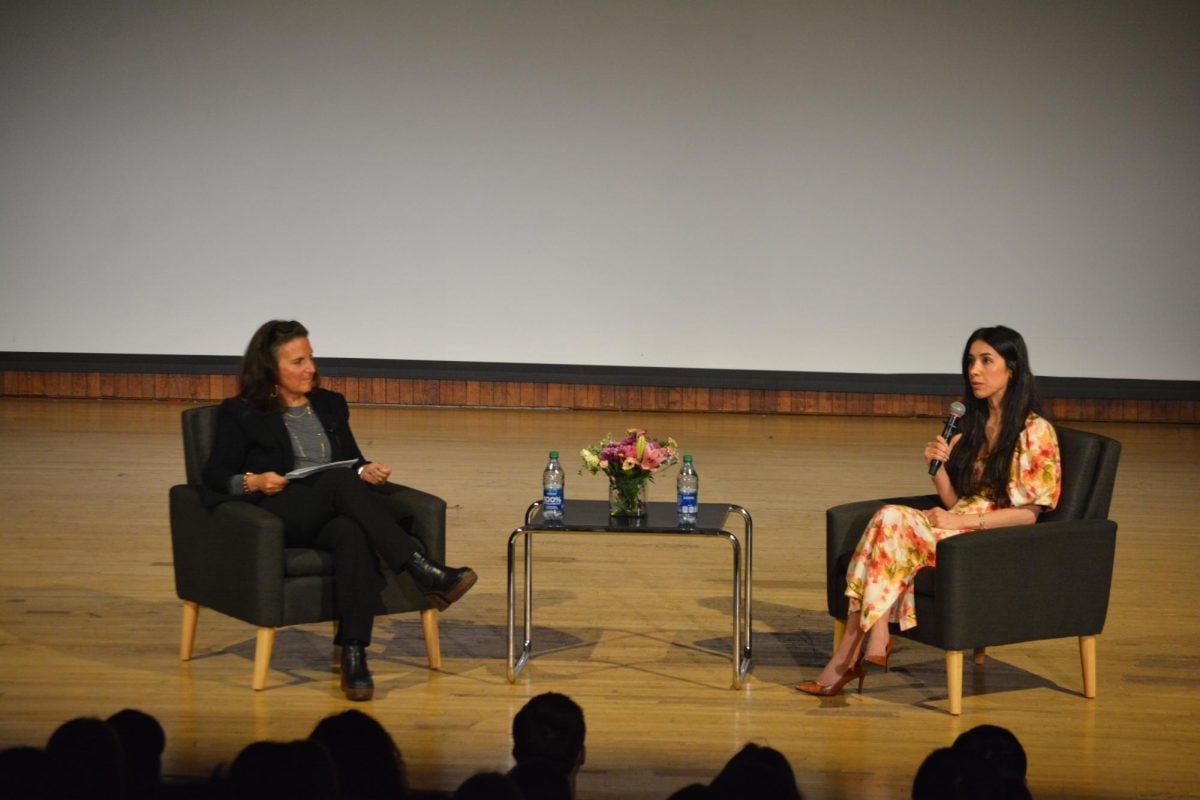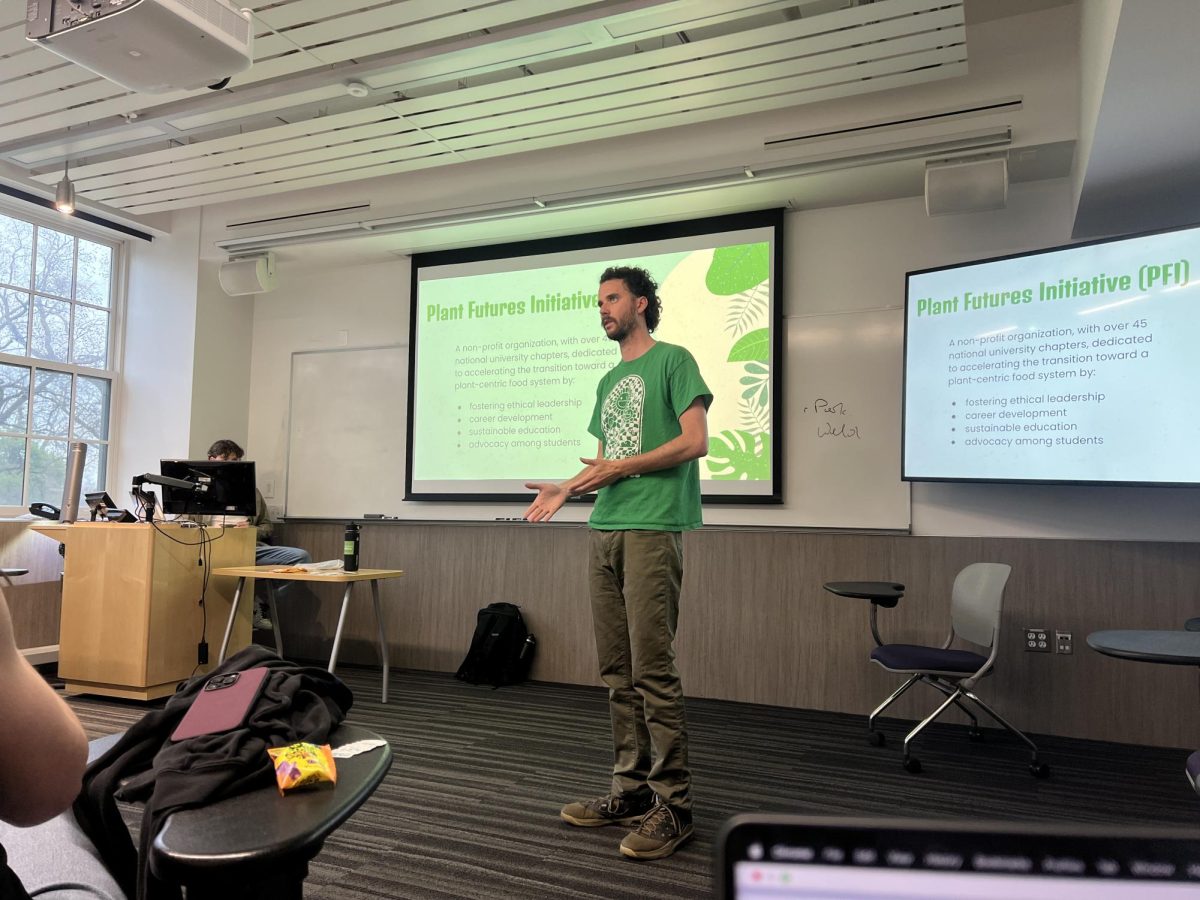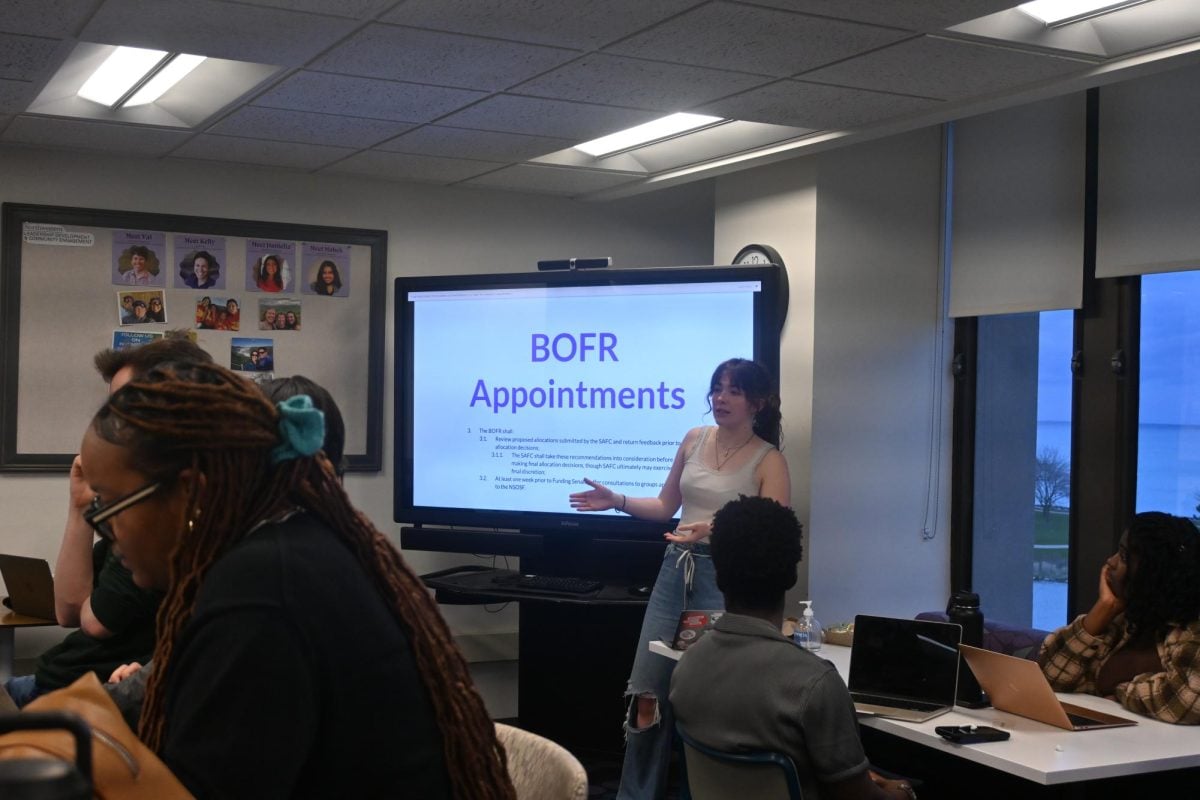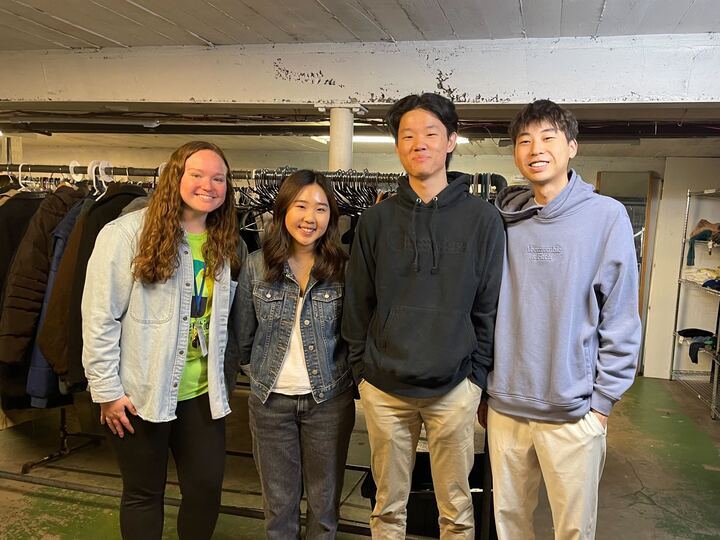Communication juniors Brad Leyden and Tom Mason are pushing the boundaries of traditional Northwestern films with their upcoming project, “Chasing Stars.” The work uses stop-motion to depict Laika, a Soviet pup known to be the first animal sent into outer space.
The movie, which will feature characters composed of different media, such as metal skeletons, foam, liquid latex skin and paintbrush hairs, is funded in part by a $500 special projects grant from Studio 22, a student-run production company on campus. Leyden and Mason, both RTVF majors, were awarded the grant this spring.
The grant is given to NU film students aspiring to create non-traditional films. The crew will film the year-long project during Winter Quarter and premiere it in June, Leyden said.
“I had written a claymation script for my Intro to Screenwriting class freshman year about a dog going to the moon, and I decided to rehash the project,” Mason said. “I just have a weird fascination with putting dogs in places they shouldn’t be, and that’s what I want to communicate to people.”
The crew is currently preparing for the start of production and nailing down the looks of the characters.
“We’re still mostly in pre-production right now, in the process of finalizing Laika herself,” Leyden said.
Laika actually died in space, but “Chasing Stars” will explore her journey orbiting the Earth following her death.
“We’re both very interested in outer space,” Leyden said. “This film is really about finding a place where you belong. That’s where we get a lot of our inspiration from … it’s a concept that a lot of people can relate to.”
Studio 22 does not typically award grants to stop-motion films.
“It’s really cool to be able to do something like stop-motion,” Leyden said. “I’m very honored to have the privilege to do something totally unique. It’s a huge learning experience for everyone involved.”
The crew includes assistant director Richard Herndon, a Communication sophomore; producers Madison Ginsberg, a Communication junior, and Sarah Hedge, a Communication sophomore; concept artist Steph Shapiro, a Weinberg junior; and an extensive team of animators and sound assistants to bring Laika to life. The crew will film primarily in the Louis Hall studio.
“The exposure that Studio 22 provides, being able to use the facilities and the equipment, really is an opportunity very unique to Northwestern,” Leyden said. “We couldn’t do this on our own because even if we had the money, we wouldn’t really be able to get it out there or distribute it.”
McCormick sophomore Emily Northard, one of the film’s technical directors, said she’s excited about the prospect of the team’s work coming to life.
“It’s a really big project that we’re attempting,” she said, “but I think if we can pull it off, it’s going to be amazing.”
Email: [email protected]




